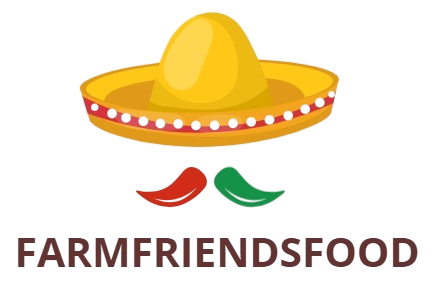In Puerto Rico, food is never just food. It’s history, resistance, joy, and community—all served up in every bite. From roadside kiosks sizzling with frituras to ice cream shops scooping tropical flavors into charcoal cones, eating in Puerto Rico is more than nourishment. It’s a declaration: We are still here, and we are thriving.
Despite hurricanes, blackouts, debt crises, and political struggles that test the resilience of its people daily, the island’s culinary spirit remains remarkably unshaken. In fact, it seems to shine even brighter. As cookbook author Reina Gascón-López puts it, “There’s no better smell than sofrito hitting hot oil in a pan. The minute you smell it, you know—dinner’s going to be good.”
A Flavor Forged in Fire and Memory
To understand Puerto Rican cuisine is to begin with sofrito—the aromatic backbone of nearly every beloved dish on the island. Sofrito isn’t just a flavor base; it’s an heirloom. Made with onions, garlic, ají dulce, peppers, cilantro, and culantro, it’s often pounded by hand in a pilón (mortar and pestle) that carries generations of stories in its grain.
For Gascón-López, the scent of sofrito is inseparable from her grandmother’s kitchen. “My most cherished possession is one that belonged to my grandmother and great-grandmother and still smells of garlic in the wood,” she says. It’s not nostalgia. It’s preservation. It’s culture passed down in the most intimate way: through flavor.
The Roots That Feed the Island
Puerto Rican cuisine is inherently mestizo—a mix shaped by its Indigenous Taíno roots, Spanish colonizers, African heritage, and, more recently, a deep connection with the U.S. mainland. Dishes like mofongo, pastelón, and arroz con gandules are as much a reflection of the island’s complex history as they are of the ingredients themselves.
Chef and entrepreneur Manolo López, who was raised on the island and now lives in New York City, sees this culinary blend as a source of pride. “Our food tells our story,” he says. “The story of who we are, where we came from, and how we’ve adapted.”
San Juan: Where Tradition Meets the Next Wave
San Juan is more than Puerto Rico’s capital—it’s the beating heart of its food scene. The city is a living, breathing blend of old-school institutions and daring new ventures that reflect the changing face of Boricua cuisine.
For first-timers, López and Gascón-López both recommend starting with the classics. Mofongo—green plantains fried, mashed with garlic, and often served with a savory broth or meat—is a must. Lechón, the island’s famously juicy roast pork, is another essential. Then there’s arroz con gandules, a spiced rice dish packed with pigeon peas and pork, and always anchored by sofrito.
But Puerto Rican cuisine isn’t stuck in the past. In and around San Juan, chefs are experimenting with heritage and pushing boundaries. Think vegan interpretations of abuela’s recipes, or local seafood paired with modern wine lists and globally influenced techniques. The soul stays the same; the expression evolves.
Diaspora on the Plate
The story of Puerto Rican food doesn’t end on the island. The diaspora—particularly in cities like New York and Philadelphia—has shaped and reimagined Puerto Rican cooking, sending ideas, flavors, and cultural pride in both directions.
López himself is part of that story. From running food pop-ups to developing Puerto Rican-inspired menus in New York, he’s one of many who keeps the culinary dialogue between the island and the mainland alive. The result is a fluid, ever-growing definition of what Puerto Rican food can be.
It’s not just about recreating the classics—it’s about reinterpreting them without losing the emotion behind them. It’s to take a childhood memory and fold it into something new, without forgetting where it came from.
Food as Joy, Resistance, and Revival
What makes Puerto Rican cuisine extraordinary isn’t just its flavors, though those are undeniably bold, complex, and craveable. It’s the defiant joy baked into every meal. It’s the way a simple bowl of sancocho can feel like home, even after a storm has knocked the power out for days. It’s the way families gather, no matter what, to fry bacalaítos or stuff pastelillos with picadillo.
In Puerto Rico, cooking is an act of celebration, but also of survival. With every sofrito-scented dish, the island asserts its identity, its resilience, and its love.
Whether you’re eating soursop ice cream in a charcoal cone beneath the Puerto Rican flag or savoring a piping-hot pastel in your cousin’s backyard, one thing is clear: Puerto Rican food doesn’t just fill your belly—it fills your soul.
And in that, Puerto Rico feeds the world.



